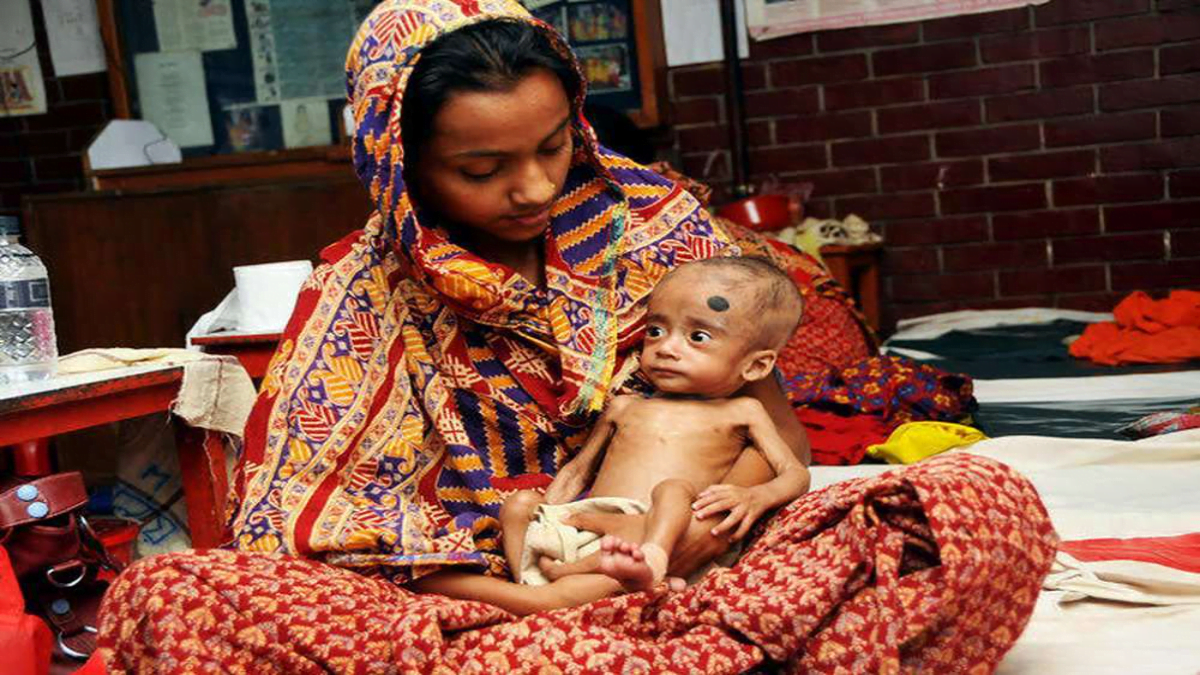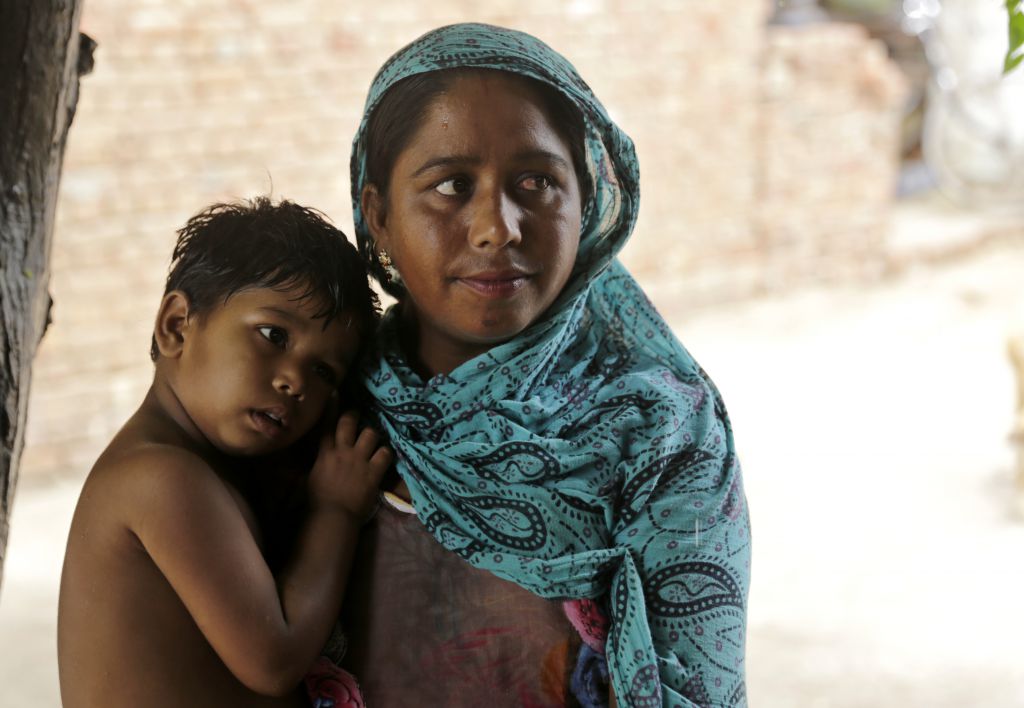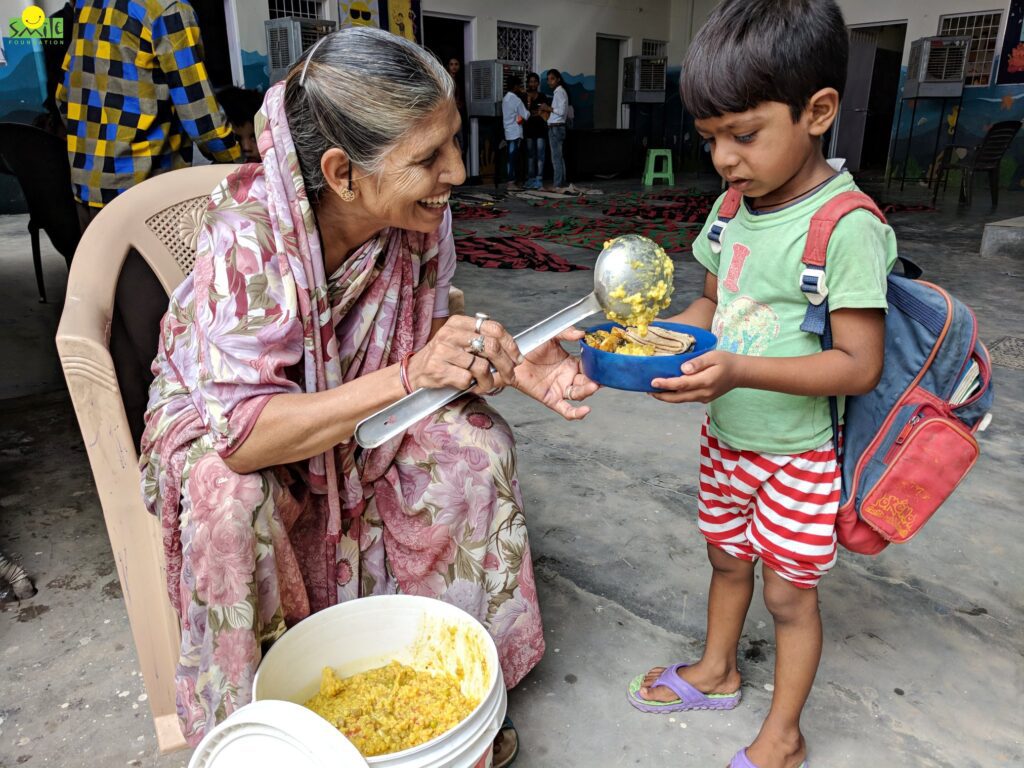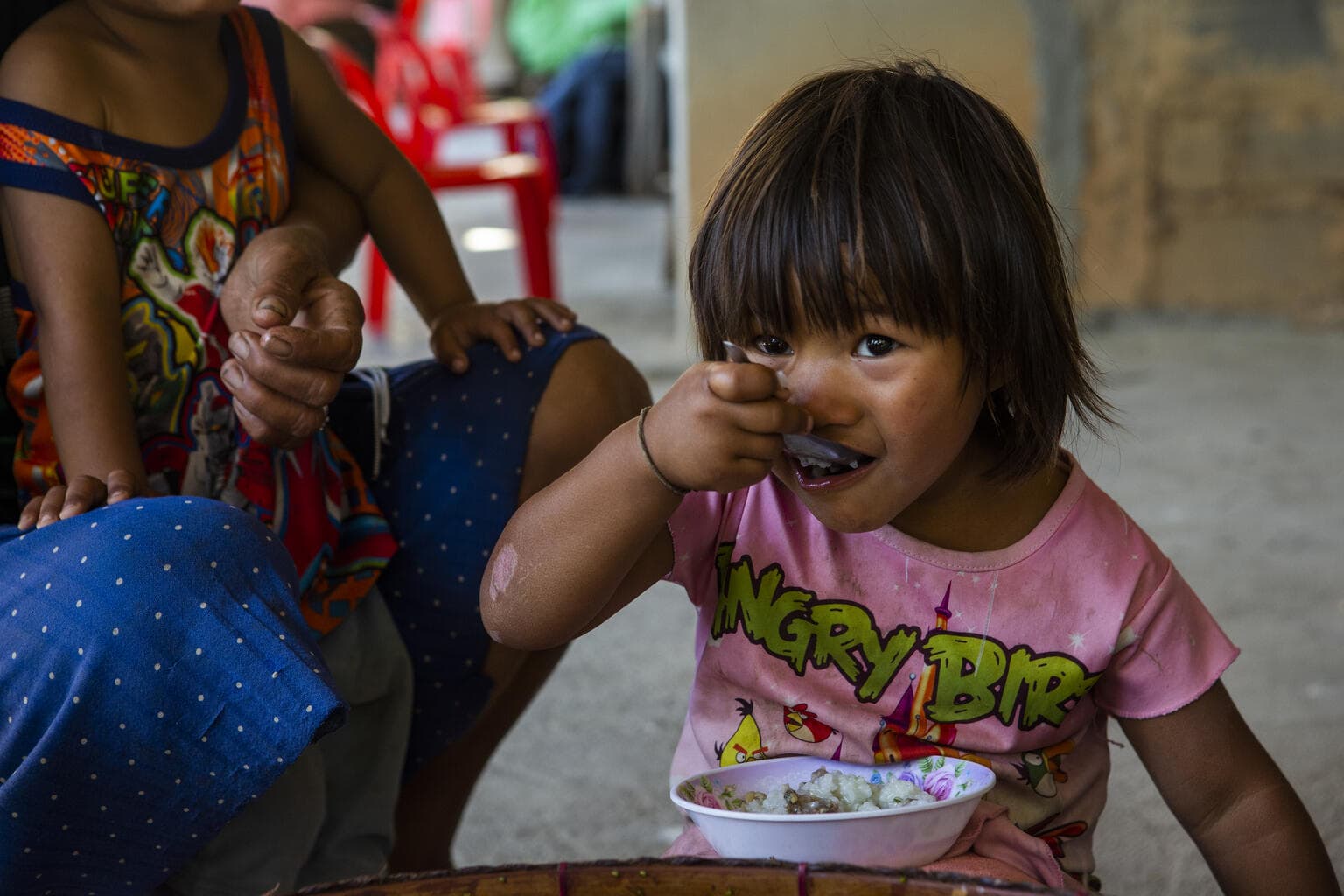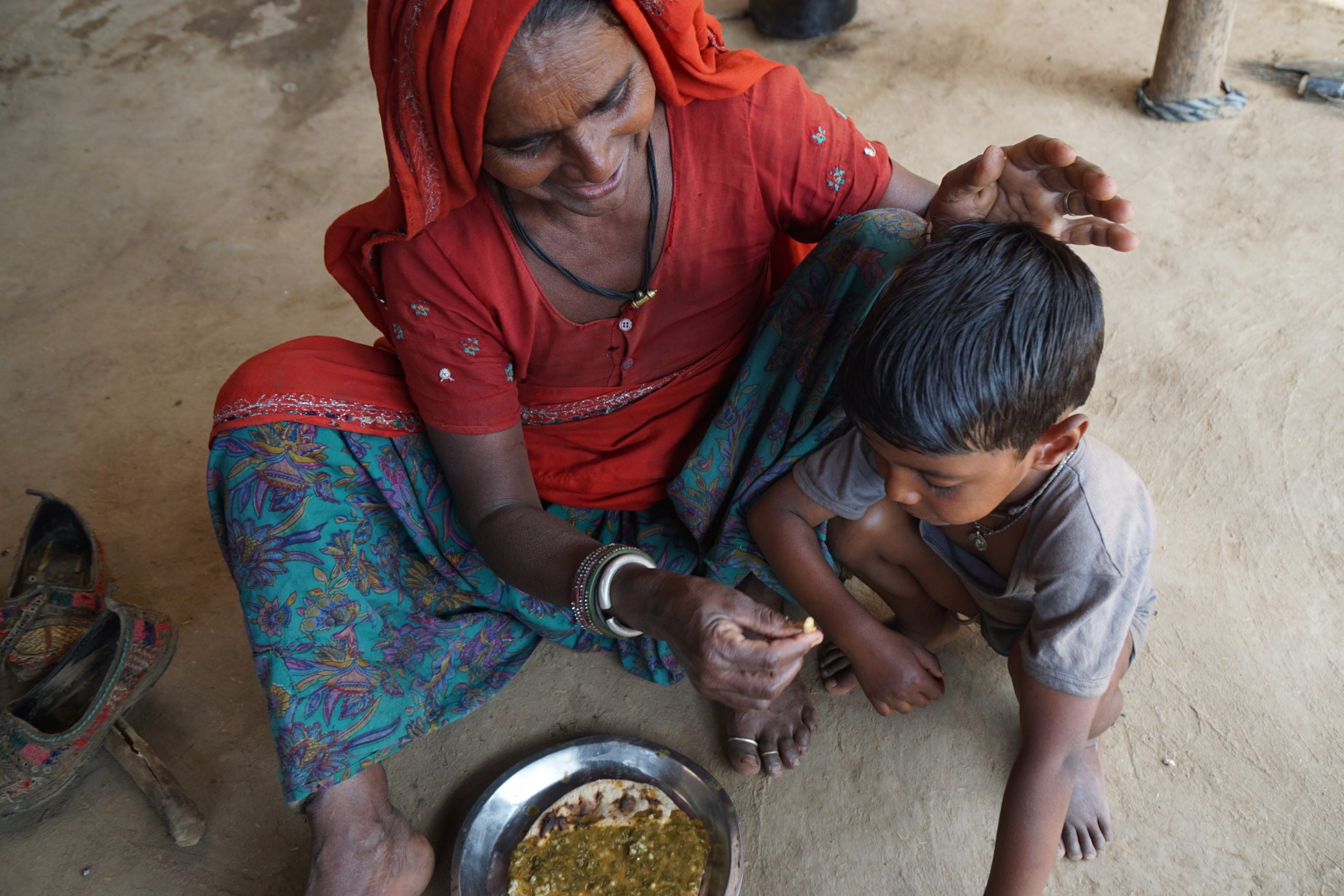Recently, concerns have been raised over the Indian government’s estimates of the demand for food aid based on a UN report on nutrition that was published earlier this week. The government claims that just 813 million people in India need food aid, while the UN report indicates that over a billion people could not afford a decent diet in the year 2021.
The government claims that just 813 million people in India need food aid, while the UN report indicates that over a billion people could not afford a decent diet in the year 2021.
According to the United Nations, a balanced diet for adults consists of whole grains, nuts, and at least 400 grams of fruit and vegetables per day. Additionally, it states that less than 10% of the total calorie consumption from free sugars, fewer than 30% from fats, and less than 5 grams of salt are all acceptable components of a balanced diet.
Looking at the numbers, approximately 1.043 billion Indians, or 74.1% of the population, could not afford a decent meal in 2021, according to the five UN agencies’ 2023 report on food security and nutrition. The report revealed an alarming report that around 16.6% of Indians will be undernourished by the year 2020–2022.
What does the UN report on nutrition state?
According to the UN research report, around 16.6% of Indians were undernourished in 2021 and analysing the effects of undernourishment encompass not only health and nutritional outcomes but also social and economic costs.
The study highlights a myriad of important data including child malnutrition, access to nutrition, hunger worldwide, and the effects of urbanisation on food. Additionally, the survey indicated that in 2021, 31.7% of Indian children under the age of five were marked underweight.
It stated, ‘Stunted growth and development are the result of inadequate infant and young child feeding practices, poor maternal health and nutrition, and repeated infections interacting with a variety of other factors over a sustained period’ which is concerning to the growth of the nation.
For instance, malnutrition, a condition in which a person’s weight is low relative to their height, affected 18.7% of children in India to the point where India accounted for the largest malnutrition population in the Asia-Pacific area.
In India, the prevalence of child malnutrition is higher than the global average of 47.7%; it affects 31.7% of children under five, 18.7% of those under five, 2.8% overweight, 27.4% low birth weight, 53% anaemia in women aged 15-49, and 63.7% exclusive breastfeeding in babies (0-5 months). Moreover, 53% of women between the ages of 15 and 49 have anaemia.
Moreover, 53% of women between the ages of 15 and 49 have anaemia.
The research warned that if rising food prices are not accompanied by increased income, more individuals would find it impossible to afford a nutritious diet. Analysing the reports, a compounding effect occurs if food costs rise at the same time incomes fall, which can result in even more people being unable to afford healthy diets. A nutritious diet in India now costs 5.3% more on average in purchasing power parity, making it unaffordable for an estimated 232.8 million individuals in the region.
Thus, if a family of four people lived in a typical household, the daily cost of healthy food would be around 360 rupees. This comes to about 10,800 rupees a month for food alone as of 2021.
The World Health Assembly’s (WHA) global nutrition objectives and the Sustainable Development Goals are both being partially met, as indicated by the FAO study.
As a point of comparison, the research also listed the percentages of people in countries like Bangladesh (66%), Pakistan (82%), Iran (30%), China (11%), Russia (2.6%), the US (1.2%), and the UK (0.4%) who cannot afford a nutritious diet.
What are the reasons behind these numbers?
As per the report, the numbers and percentages are connected to a myriad of reasons. The statement pointed to the COVID-19 pandemic and its inadequate employment prospects in numerous regions, coupled with considerable instability in food systems and markets, contributing to an exacerbation of inequality, primarily impacting impoverished households.
According to the organisation, the Asia-Pacific area had ‘harrowing statistics’ about the ‘5Fs crisis’—food, feed, fuel, fertilisers, and finance—during the pandemic.
After the report was released, the Centre contended that the proper technique was not used throughout the poll, refuting the report’s findings. For a country the size of India, the research’s sample size of 3,000 respondents is insufficient as the argument. This critique also applies to India’s ranking of 111th out of 125 nations in the Global Hunger Index, where the government claims that the evaluation was biassed and had methodological errors.
Exactly, two months back, this year, in the Global Hunger Index study, which was published on October 12, 2023, by two European agencies, India came in at number 111 out of 125 nations. India dropped four spots from the previous year. According to that research, high ratings pointed to several underlying issues with the nation’s nutritional health and today aligning to that India is facing a dip in nutritious well-being.
With the current scenario, the issue of malnutrition in India is becoming more pressing due to the high cost of nutritious food.
Poverty and malnutrition are a vicious cycle that Indian households find themselves in. Malnutrition results from poverty, which exacerbates poverty itself. Because of the dire circumstances, three out of every four Indians cannot afford nutritious food.
Youth who grow up in unfair and unsustainable food systems that cannot guarantee them food or nutrition are particularly exposed to the effects of climate change and environmental degradation.
Youth who grow up in unfair and unsustainable food systems that cannot guarantee them food or nutrition are particularly exposed to the effects of climate change and environmental degradation. As a result, food insecurity and malnutrition pose a threat to these young people’s chances in life. Whereas the Low- and middle-income nations are failing to meet the specific dietary and nutritional demands of young people, which emphasises the need for better solutions.
As per a report on this study, the loss of food sovereignty is hastened by several reasons, including colonialism, bad governance, capitalisation of the food system, monotonous development, and unfavourable effects of the Green Revolution, particularly in low- and middle-income nations. Therefore, the local farmers in many areas have little influence over their crops and are shut out of seed networks, which leads to the neglect of native crops.
Gender discrimination existing in households and society is another reason for the rise of hunger as women and girls, who oversee the production of food, water, and firewood in low- and middle-income nations, make up around 60% of those who suffer from acute hunger. They are particularly susceptible to food and nutrition insecurity as they frequently consume the last during times of food scarcity.
According to research based on the National Family Health Survey 2021 more than 40% of women, including pregnant women, did not consume dairy products among the lowest 20% of families, aligning with the point mentioned.
Additionally, it was also shown that 40% of males and over 50% of women in the nation did not eat fruits high in vitamin A.
Looking at what can be done about the weak link between the nation and its diet, upon deeper examination, the factors influencing the problem have several facets. Food produced using indigenous methods offers long-term nutritional benefits and is good for people’s health.
Malnutrition is a persistent concern for the nation, despite the many nutrition programs implemented by different governments over the years, including mid-day meals, Poshan Abhiyaan, and the Integrated Child Development Services (ICDS). Unfortunately, many malnourished children worldwide are found in India making the nation accountable for the proper system and structure that lacks in providing the needful nutrition and healthy food to survive.
Awareness of the potential dangers of the concerning numbers in the study along with educating the people, especially the youth about mindful eating, sourcing, and providing is needed.
Awareness of the potential dangers of the concerning numbers in the study along with educating the people, especially the youth about mindful eating, sourcing, and providing is needed. If the current youth generation’s consumption of unhealthy food is not curbed now, it will ultimately develop into a dependable population and cause a rise in non-communicable illnesses.
If families take care of water, sanitation, and hygiene, they may live better and eat better. However, to ensure that everyone is taking care of themselves and to support one another in the battle against hunger, government assistance is required. It will not be possible to attain a future devoid of poverty where everyone consumes nutritious food, until then.
